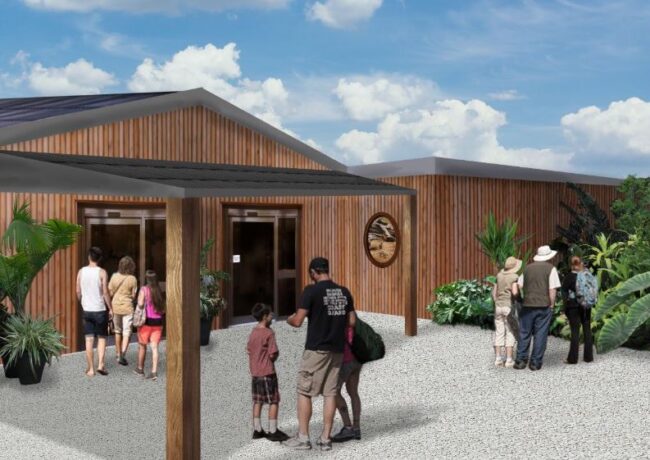Commentary
Why office furniture should be in your sustainability plan
More than 1.2m office desks and 1.8m chairs in the UK end up in landfill each year, writes Tom Dickinson, managing director of OSI. How can we all play our part, particularly when sustainability and budgets are often at odds with one another?
When it comes to improving green credentials of furniture, the biggest changes must come at industry level. Stronger product design, higher recycled content, and more consideration around durability and repair would make sustainable practices easier and cheaper for all. However, this will take time.
If we want to be part of the solution to protect our planet, what practical steps can we all take right now when it comes to our office fit outs?
At OSI, our own approach to sustainability is inspired by the concept of marginal gains – each small step taken collectively will result in significant positive change over time.
With that in mind, here are two areas we recommend the sustainability-minded business focus on: the origin of their furniture and if it has any innate green qualifications.
Origin of manufacture
Every piece of furniture carries a carbon cost. Choosing to work with UK manufacturers immediately reduces the greenhouse gas emissions produced by long-distance transportation. There is also transparency and certification to assure that the materials being used are sustainably sourced.
With time and cost being crucial elements on project work, UK manufacturers can typically offer shorter lead times due to location and the ability to source components from UK suppliers. This can help projects remain on schedule and within budget.
Quality matters. We all want value for money and longevity from the furniture we buy. From our own point of view, partnering with UK manufacturers allows easier access to factories to see the material quality and production methods first-hand.
Greener furniture selection
Selecting sustainable furniture products can be tricky, particularly when there is so much confusing data relating to materials, production methods, and individual carbon footprints.
There are some manufacturers making significant steps towards a circular economy with some of their products and processes, for example:
- KI produces a one-piece plastic chair called Postura+ which is a durable and affordable choice for schools. Standard colours contain 30% recycled content, which KI plans to bring in line with their black chair which is made from 100% recycled content. With a 20-year guarantee, it has both longevity and eco credentials.
- Okoform’s heated, height-adjustable desk is an innovative product that has generated substantial interest recently. The desks allow individuals to heat themselves without affecting others in the workspace. Although costing more than a standard desk they reduce the office thermostat by an average of 4 degrees Celsius saving around 28.5% of heating bills.
What about the ‘old’ furniture?
Sustainability extends beyond new furniture. Existing pieces can find new life through donation or, for damaged furniture, disassembly, and recycling of individual components. Although these services carry additional costs, collaborating with specialist companies allows you to factor these in when budgets are being set. Proof of donation recipients or recycling statistics can be provided as evidence if required.
Additionally, there’s a wealth of high-quality, recycled furniture available as an eco-friendly alternative to new.
These sustainable routes for ‘old’ furniture can be more cost-effective as skip hire and landfill collection costs have rocketed. For example, OSI recently achieved significant savings for a high school in Leeds by reducing their expenses by more than £1,700. This was accomplished by removing and recycling 177 operator chairs. Landfill, the alternative option, would have cost nearly £10 more per chair.
While we wait for the big changes needed in the industry, our goal is to help make eco-friendly choices now and hopefully show that investing in quality, sustainable materials in workspaces and commercial buildings now can help save on operating costs in the long-run and improve your environmental credentials.
- Tom Dickinson is managing director of OSI Office & Educational Supplies
- Tom is also a passionate advocate for mental health and founded Toms Talks to raise awareness within schools and businesses.


![Tom Dickinson OSI [higher res]](https://www.placenorthwest.co.uk/wp-content/uploads/Tom-Dickinson-OSI-higher-res-e1699347237311-930x460.jpg)


